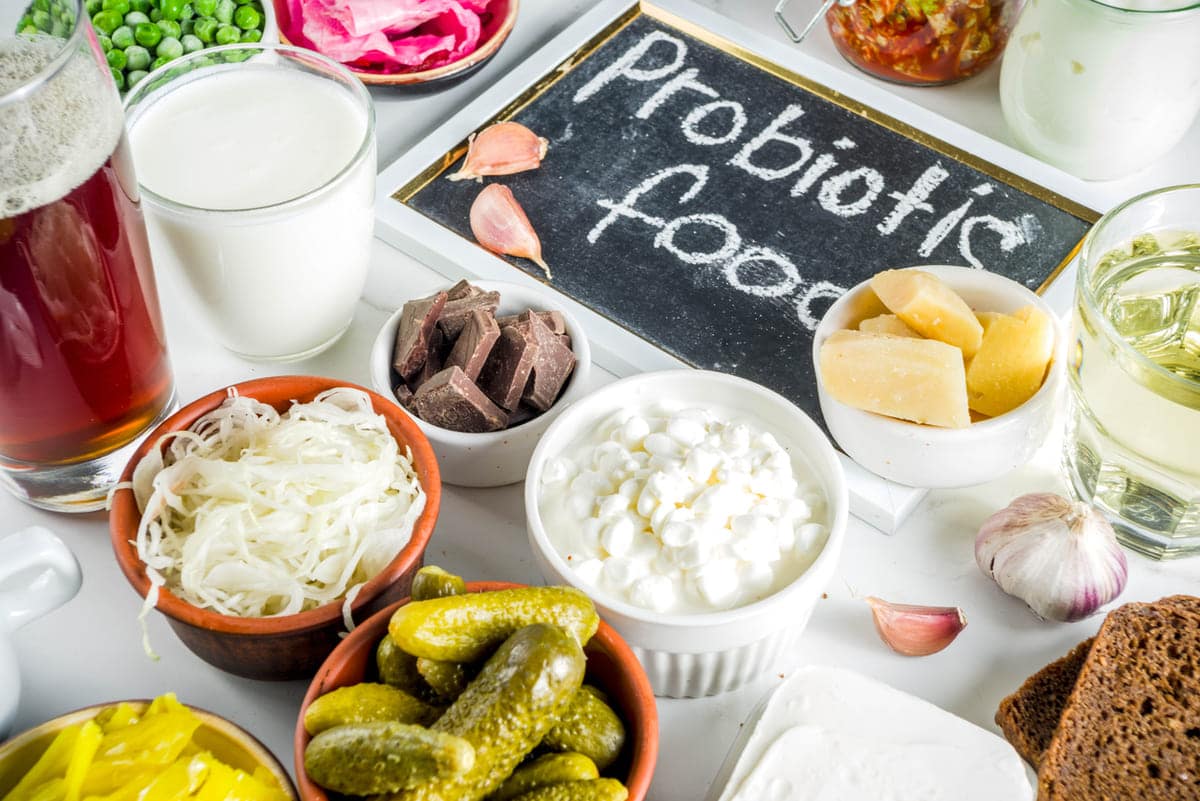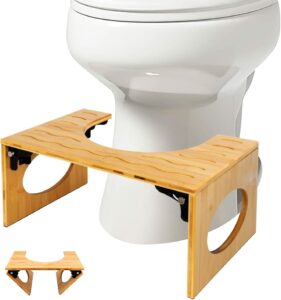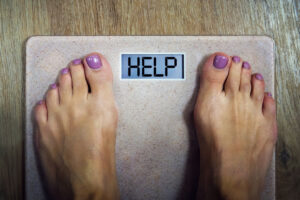Constipation is one of the leading causes of chronic pelvic pain in women, but it’s one of the medical secrets that we don’t talk about. It’s not like you ask a friend about her bathroom habits the same way you’ll remind her to get her mammogram. Unfortunately, chronic pain from constipation can lead to a horrible quality of life and lots of private suffering.
Women with Diabetes & Constipation

Women with diabetes are more likely to face a triple hazard regarding constipation. First, all women experience constipation more often than men; it’s related to the role of hormones and their impact on our digestive system. Secondly, people with diabetes (especially those who have lived with diabetes for a while) may have nerve damage related to diabetic neuropathy through the GI tract. Finally, relief isn’t as easy as popping a laxative because most laxatives are high in sugar and can make diabetic neuropathy worse in the long term.
When you’re experiencing bloating, stomach pain, sour breath, and just all the general distress that comes from being constipated, you need relief as soon as possible. On the bright side, there are several home remedies to treat (and even help prevent) constipation in diabetic patients. Choose the treatments that work best for you and your situation; many of these can be found in your average drug or health food store. Just be sure to consult with your primary care doctor or endocrinologist to ensure these will help you out.
1. Exercise regularly but moderately.
Contrary to popular belief, regular exercise won’t always relieve constipation. In fact, vigorous physical activity may actually increase symptoms because it leads to more bowel movements. On the other hand, moderate aerobic activity—such as brisk walking or cycling—has been shown to help manage diabetes and relieve constipation.
2. Stretch it Out

Several yoga poses have been shown to help manipulate the digestive tract and alleviate constipation symptoms. The poses don’t have to be super aggressive; here are some chair yoga poses that can help with stretching your body out.
3. Try a Toliet Stool
Several studies have found that using a toilet stool to raise your legs into a squat position may help constipation. One important note that the studies found when using a toilet stool is to get the right height for your body. It’s all about the squatting position because it can help relax your body and physically make it easier to get things moving.
4. Eat High-Fiber Foods

One of the best home remedies for constipation will always be eating high-fiber foods. Experiment with a variety of different vegetables and how you prepare them to find unique flavor profiles. Roasting Brussels sprouts with apples and pears can bring out the natural sweetness of all three. Eating whole fruits like bananas, raspberries, kiwis, and blackberries are good ways to increase your fiber. The bonus of high-fiber foods is that they’ll also help control your blood sugar because the fiber makes your body take longer to digest the foods.
5. Drink Lots of Fluids
Drinking water is an effortless way to help with constipation because it helps keep your intestinal tract smooth. Your body will also take water from the food you eat if you’re dehydrated, which makes the stools harder to move through. Unsweetened green and black teas are also good choices for fluids because the caffeine can help stimulate your intestines to move foods through.
6. Take Probiotics Supplements/Increased “Good” Gut Bacteria Foods

Research suggests that increasing the probiotics in your body can help improve constipation. Probiotics are the “good bacteria” that come from naturally fermented foods like kombucha, yogurt, fermented cheeses, and kefir. The most common probiotics are Lactobacillus and Bifidobacterium. For people sensitive to dairy, probiotics can also be found in sour pickles, sauerkraut, apple cider vinegar, miso, and fermented soybean products.
Most people prefer a supplement over probiotic foods to get the maximum dose. For people who manage diabetes with diet, getting a therapeutic dose via a supplement versus food is especially important. Many of the probiotic-friendly dairy foods (like yogurt) are unfortunately higher in sugar and/or fat, both of which are not diabetes diet friendly.
7. Spice Up Your Food
Adding fresh ginger or raw garlic to your diet is one of the best methods for people with diabetes to fight constipation. Fresh ginger helps stimulate movement and digestion so your foods can move through quickly. Garlic works slightly differently by reducing inflammation in the body, which can make constipation symptoms worse. You may want to experiment to find different foods and drinks that include ginger/garlic, but be sure to use the actual whole products rather than extracts or flavorings for these items.
Be Proactive in Getting Ahead With Diabetes Home Remedies to Fight Constipation
Finally, keep these in rotation at different points in time. All of these home remedies to fight constipation don’t have to be only used after you’re already in pain; try using them proactively to ensure you don’t get to the level of constipation. A few simple tweaks to your diet can keep your constipation gone for good.
Tools to Fight Constipation





Read Next:
Type 2 Diabetes & Prediabetes: What to Know & How to Manage
Can This Fast-Mimicking Diet Improve Health When You Have Type 2 Diabetes?







